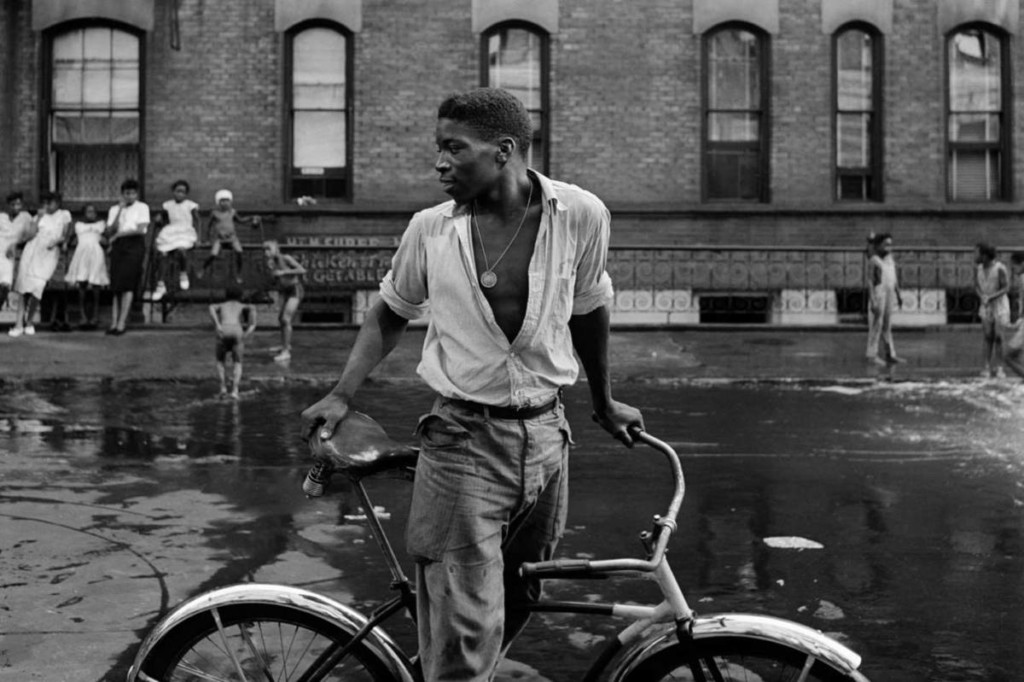An Unbiased View of Framing Streets
The Ultimate Guide To Framing Streets
Table of ContentsFraming Streets - An OverviewNot known Facts About Framing StreetsThe Of Framing StreetsFraming Streets Can Be Fun For AnyoneGetting My Framing Streets To WorkThe smart Trick of Framing Streets That Nobody is Discussing
Photography genre "Crufts Canine Program 1968" by Tony Ray-Jones Road photography (additionally in some cases called honest digital photography) is photography conducted for art or query that features unmediated chance encounters and random events within public places, typically with the objective of capturing images at a crucial or touching minute by cautious framework and timing. Subsequently his boots and legs were well specified, but he lacks body or head, since these remained in motion." Charles Ngre, waterseller Charles Ngre. http://dugoutmugs01.unblog.fr/2024/01/10/framing-streets-mastering-the-art-of-street-photography/ was the very first professional photographer to achieve the technological elegance required to register people in activity on the street in Paris in 1851. Professional Photographer John Thomson, a Scotsman functioning with reporter and social activist Adolphe Smith, published Road Life in London in twelve monthly installments starting in February 1877
All About Framing Streets
Eugene Atget is considered as a progenitor, not because he was the first of his kind, but as an outcome of the popularisation in the late 1920s of his document of Parisian roads by Berenice Abbott, that was motivated to undertake a comparable documents of New York City. [] As the city created, Atget aided to advertise Parisian streets as a worthy subject for photography.

An Unbiased View of Framing Streets
Martin is the initial recorded digital photographer to do so in London with a masked electronic camera. Mass-Observation was a social research organisation established in 1937 which intended to tape-record day-to-day life in Britain and to tape-record the responses of the 'man-in-the-street' to King Edward VIII's abdication in 1936 to marry divorce Wallis Simpson, and the sequence of George VI. Between 1946 and 1957 Le Groupe des XV every year displayed job of this kind. Andre Kertesz. Circus, Budapest, 19 May 1920 Street digital photography formed the major web content of two exhibits at the Museum of Modern Art (Mo, MA) in New york city curated by Edward Steichen, 5 French Photographers: Brassai; Cartier-Bresson, Doisneau, Ronis, Izis in try here 1951 to 1952, and Post-war European Digital Photography in 1953, which exported the concept of street photography worldwide.

Getting My Framing Streets To Work
The recording device was 'a hidden electronic camera', a 35 mm Contax concealed below his layer, that was 'strapped to the breast and connected to a lengthy cable strung down the best sleeve'. His work had little modern effect as due to Evans' sensitivities regarding the originality of his task and the privacy of his topics, it was not published up until 1966, in the book Several Are Called, with an introduction created by James Agee in 1940.
Helen Levitt, then an educator of little ones, associated with Evans in 193839. She recorded the transitory chalk illustrations - photography presets that belonged to children's street society in New york city at the time, as well as the youngsters who made them. In July 1939, Mo, MA's new digital photography area included Levitt's job in its inaugural exhibitRobert Frank's 1958 publication,, was considerable; raw and often indistinct, Frank's photos questioned traditional digital photography of the time, "challenged all the formal regulations laid down by Henri Cartier-Bresson and Pedestrian Evans" and "contradicted the wholesome pictorialism and sincere photojournalism of American magazines like LIFE and Time".